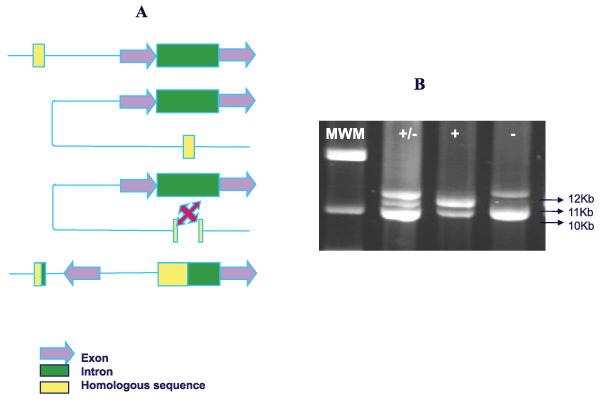Figure 5: Common inversion involving intron 22 of factor 8 gene. A. The
F8 gene inversion arises from homologous recombination between int22h-1,
a region within intron 22 of the F8 gene, and one of two additional copies of
the int22h-1 (a/b) region located approximately 500kb, 5’ and telomeric to the
F8 gene. The int22h regions are approximately 9.5kb in length and have 99%
homology with one another. Due to intra-chromosomal crossing over between
the homologous sequences, an inversion of exons 1-22 away from exonic
region 23-26 occurs and disrupts the factor VIII protein. This leads to severe
hemophilia A in ~35% to 45% of all cases
B. The intron 22 inversion is commonly detected by Long PCR, using two
sets of primers specific for the F8 intragenic and extragenic copies and by
the differential migration of amplicons during agarose gel electrophoresis.
Thus a normal male (-) will exhibit a 10 and 12 Kb amplicon while inversion
positive patient will exhibit 10 and 11 kb amplicons. A carrier female (+/-) can
be identified by the presence of all the three PCR fragments. |
